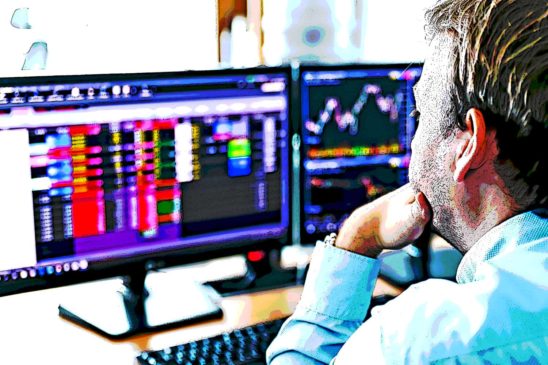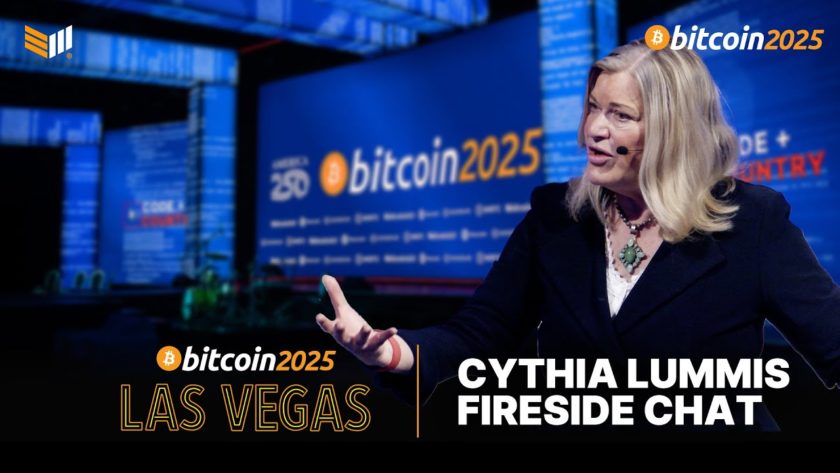While blockchain adoption has been growing steadily over the years, the world that blockchain was born into looks considerably different than the world we all live and work in today. Covid-19 has further changed the landscape of most businesses, underscoring the need for a more efficient payments system as the world accelerates the transition from cash to digital.
Now, as companies begin facing critical junctions and inflection points, it’s time to reevaluate blockchain growth plans to ensure that growth is strategic, sustainable and solves a real problem.
Most importantly, it’s high time we focus on an area that is undervalued for many products: distribution.
A natural starting point for blockchain
Notably, Asia-Pacific leads the charge in cashless payments — the market has seen a rapid increase in services with major players including GrabPay and Alipay. We’ll continue to see a trend where many cashless payment solutions come built into other apps — generally, “super apps” like Grab and Gojek — providing natural distribution channels as they create easy entry points for the average consumer.
Blockchain companies need to take a page out of this playbook. Product distribution is key to a successful product, not an afterthought.
The crossroads: distribution
As we get closer to regulatory clarity for digital assets in many regions, it’s critical for companies to step up their game when it comes to adding new use cases through thoughtful distribution. The key to any great product is getting it in the hands of your audience.
Looking back to perhaps the most influential companies of all time, in the 1950s, Bank of America began localized distribution of their credit card by signing up hundreds of merchants in Fresno, California, then dropping 60,000 credit cards to residents’ mailboxes over several days in the city. Now known as the “Fresno Drop,” this strategy was the catalyst for the Bank of America credit card network, which later became known as Visa.
M-Pesa is also a great example of a successful product that took advantage of a key distribution method early on. By leveraging what was available and highly utilized in developing economies — cell phones — they completely revolutionized mobile payments, while circumventing the need for bank accounts, which many consumers didn’t have. The company, which started in Kenya, has since expanded its mobile-based money transfer and payment services to other African countries as well as Eastern Europe and India. M-Pesa was 10-plus years ahead of trends in mobile payments that many countries and companies are just catching up to now with Apple Pay, WeChat and more.
Specifically, in blockchain, we’ve seen Binance gain market share by using their native BNB token to incentivize new customers to trade on its platform, which helped it unseat incumbents as the largest crypto exchange in the world after a few short years.
See related article: Chris Giancarlo: digital dollar technology is coming ‘fast and furious.’ Can US seize the CBDC momentum?
Bank of America, M-Pesa and Binance are three very different examples that demonstrate what many blockchain companies are still coming to grips with. Innovation for the sake of innovation, tech for the sake of tech, will very rarely be the right approach. Companies first need to understand and solve a clear problem for consumers and then meet them where they are. Government support and regulation help lay the foundation for innovation in emerging technology, but real-life use cases and thoughtful distribution are needed for mass consumer adoption.
Just as Visa and M-Pesa strategized and found innovative ways to reach new audiences, blockchain adoption will require creative thinking on the part of companies to develop use cases that make their value easy for consumers to understand and benefit from. But until it becomes clear, we should be looking for new solutions and untapped opportunities.
The future for players and consumers
The future for digital assets is looking up as their use case and promise have gained acceptance from banks, financial institutions and startups alike. Fintech has made big promises to solve big problems. There’s no doubt that this intersection of blockchain with traditional finance has the potential to make some truly positive changes for everyone.
It’s time that companies make good on all the things they promised, prioritize consumers in 2020, and focus on building practical use cases that will help blockchain technology become an impactful part of our daily lives. Clear distribution strategies will take blockchain companies into this future.




